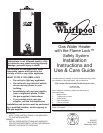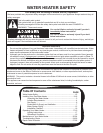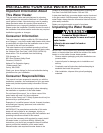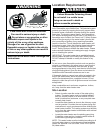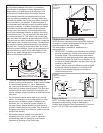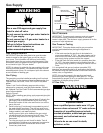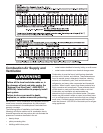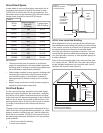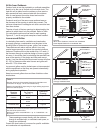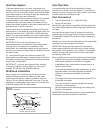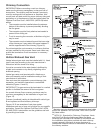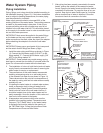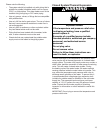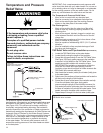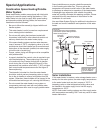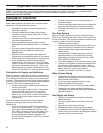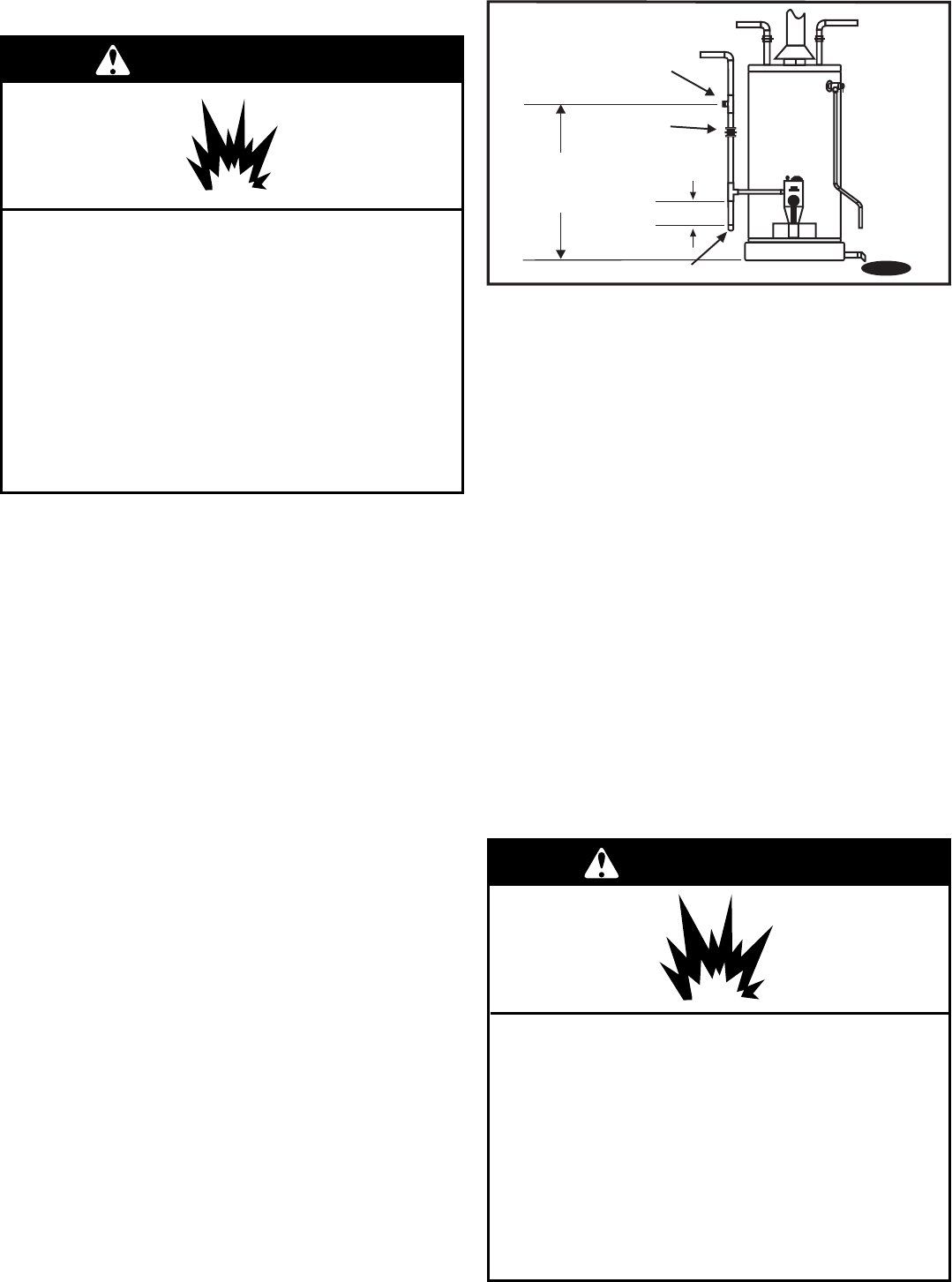
6
Gas Supply
Gas Requirements
IMPORTANT: Read the data plate to be sure the water
heater is made for the type of gas you will be using in
your home. This information will be found on the data
plate located near the gas control valve/thermostat. If the
information does not agree with the type of gas available,
do not install or light. Call your dealer.
NOTE: An odorant is added by the gas supplier to the gas
used by this water heater. This odorant may fade over an
extended period of time. Do not depend upon this odorant
as an indication of leaking gas.
Gas Piping
The gas piping must be installed according to all local and
state codes or, in the absence of local and state codes, the
“National Fuel Gas Code”, ANSI Z223.1(NFPA 54)-latest
edition.
Tables 1 and 2 on the following page provide a sizing
reference for commonly used gas pipe materials. Consult
the “National Fuel Gas Code” for the recommended gas pipe
size of other materials.
Refer to Figure 3
NOTE: When installing gas piping, apply approved pipe joint
compound.
1. Install a readily accessible manual shut-off valve in the
gas supply line as recommended by the local utility.
Know the location of this valve and how to turn off the
gas to this unit.
2. Install a drip leg (if not already incorporated as part of
the water heater) as shown. The drip leg must be no
less than three inches long for the accumulation of dirt,
foreign material, and water droplets.
3. Install a ground joint union between the gas control
valve/thermostat and the manual shut-off valve. This
is to allow easy removal of the gas control valve/
thermostat.
4. Turn the gas supply on and check for leaks. Test all
connections by brushing on an approved noncorrosive
leak-detection solution. Bubbles will show a leak.
Correct any leak found.
Figure 3
Gas Piping
Manual Gas
Shut-off Valve
Ground
Joint
Union
3” minimum
Check with
local utility
for minimum height
Drip leg
Gas Pressure
IMPORTANT: The gas supply pressure must not exceed
the maximum supply pressure as stated on the water
heater’s data plate. The minimum supply pressure is for the
purpose of input adjustment.
Gas Pressure Testing
IMPORTANT: This water heater and its gas connection
must be leak tested before placing the appliance in
operation.
• If the code requires the gas lines to be tested at a
pressure exceeding 14” W.C., the water heater and its
manual shut-off valve must be disconnected from the
gas supply piping system and the line capped.
• If the gas lines are to be tested at a pressure less than
14” W.C., the water heater must be isolated from the
gas supply piping system by closing its manual shut-off
valve.
U.L. recognized fuel gas and carbon monoxide (CO)
detectors are recommended in all applications and should
be installed using the manufacturer’s instructions and local
codes, rules, or regulations.
NOTE: Air may be present in the gas lines and could
prevent the pilot from lighting on initial start-up. The gas
lines should be purged of air by a qualified person after
installation of the gas piping system.
LP Gas Only
Explosion Hazard
Use a new CSA approved gas supply line.
Install a shut-off valve.
Do not connect a natural gas water heater to
an L.P. gas supply.
Do not connect an L.P. gas water heater to a
natural gas supply.
Failure to follow these instructions can
result in death, explosion, or
carbon monoxide poisoning.
WARNING
Explosion Hazard
Have a qualified person make sure L.P. gas
pressure does not exceed 13” water column.
Examples of a qualified person include:
licensed plumbers, authorized gas company
personnel, and authorized service
personnel.
Failure to do so can result in death,
explosion, or fire.
WARNING



